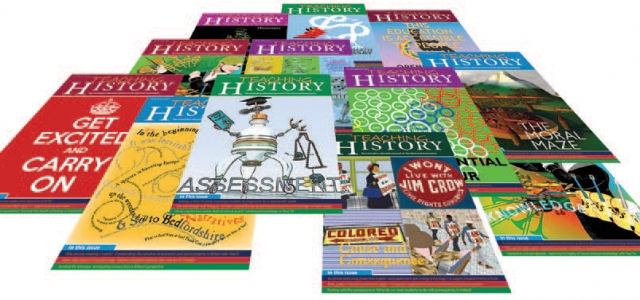What’s The Wisdom On... Similarity and difference?
Teaching History feature

How often have you found yourself challenging a pupil’s use of ‘they’ or ‘people’? How often have you teased them with, ‘Really? All of them?!’ Every time we do this, we are pushing our pupils to respect the complexity of the past. We are pressing them to use their knowledge in pursuit of more careful consideration of similarity and difference.
What's the Wisdom On... is a short guide providing new history teachers with an overview of the ‘story so far’ of practice-based professional thinking about a particular aspect of history teaching. It synthesises key messages from Teaching History articles, blogs and other publications. The guide includes practical suggestions suitable for any key stage and signposts basic reading essentials for new professionals. See all guides in this series
Or you may have made similarity and difference the central focus for a task or whole enquiry: Who supported the Nazis? What types of people joined the Chartists? How different was life in the countryside from life in industrial towns? Compare fascism in Italy and Germany. How far did campaigners for women’s suffrage have the same aims? Such ‘similarity/difference’ problems require pupils to probe or question how historians group people, situations, structures or phenomena. These range from individuals, to villages, to systems, to cultures. When asked directly to analyse similarity/difference, pupils are being asked to consider how ‘good’ those groups are...
This resource is FREE for Secondary HA Members.
Non HA Members can get instant access for £2.49

